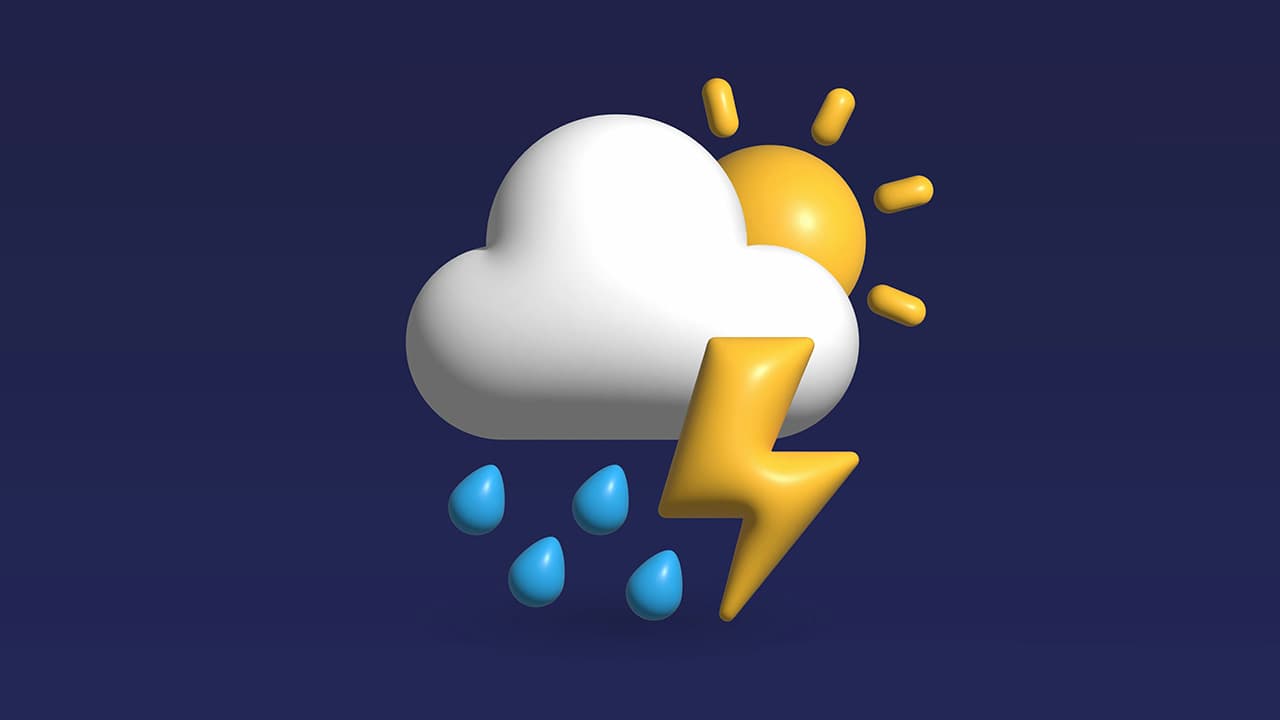How Can I Build a Simple Weather Forecast App Using AI Language Models?
Creating a weather forecast app might seem complex, but leveraging AI language models can simplify the process. This guide explains how to develop a basic weather app that provides forecasts using a lightweight team of coding tools and AI. It’s suitable for beginners and those looking to add an AI-powered feature to their projects.
Overview of the Project
The goal is to build a simple app that accepts user input (like a city name) and displays a weather forecast. The app will fetch actual weather data from an API and then use an AI language model to format or explain the forecast more clearly. Combining real data with AI enhances user experience by providing more natural, conversational responses.
Components Needed
- A user interface: Could be a web page or mobile app.
- Weather data source: APIs offering real-time weather info.
- AI language model: To interpret, rephrase, or generate responses.
- Backend logic: To connect everything together.
Choosing Weather Data Source
Several free weather APIs are available, such as OpenWeatherMap, WeatherAPI, or Weatherbit. These APIs typically provide endpoint URLs that return weather data in JSON format for a given location. Register for an API key, then use it in your requests.
Integrating API for Weather Data
Making a request to fetch weather data involves sending an HTTP GET request with the city name and your API key. For example, in Python, use the requests library:
Python
This function connects to the weather API and retrieves data in JSON format, which contains temperature, humidity, weather conditions, etc.
Incorporating AI Language Model
Use an AI language model to interpret the raw weather data into a friendly message or explanation. APIs like OpenAI GPT can generate human-like responses. Example:
Python
This function crafts a prompt and asks the AI to produce a readable weather report.
Building the User Interface
A simple web page using HTML and JavaScript can serve as the user interface. Users enter a city, click a button, and see the forecast:
Html
This basic setup sends a request to your backend, retrieves the forecast, and displays it.
Setting Up the Backend
You need a server to process requests and coordinate between weather API and AI model. For example, a simple Flask app in Python:
Python
In this setup, the server receives the city name, fetches weather data, generates an AI-based summary, and sends it back to the user.
Final Touches
- Add error handling for invalid inputs or API errors.
- Use environment variables for API keys for security.
- Optimize response times, especially if using free API tiers.
- Style the web page with basic CSS to improve appearance.
Building a weather forecast app with AI involves fetching real-time data, leveraging APIs for weather information, and using an AI language model to enhance responses. This combination allows the creation of a simple yet engaging application that can be expanded with more features like forecasts for multiple days or user preferences. The key is integrating data sources and AI responses smoothly on the backend to deliver a user-friendly experience.












